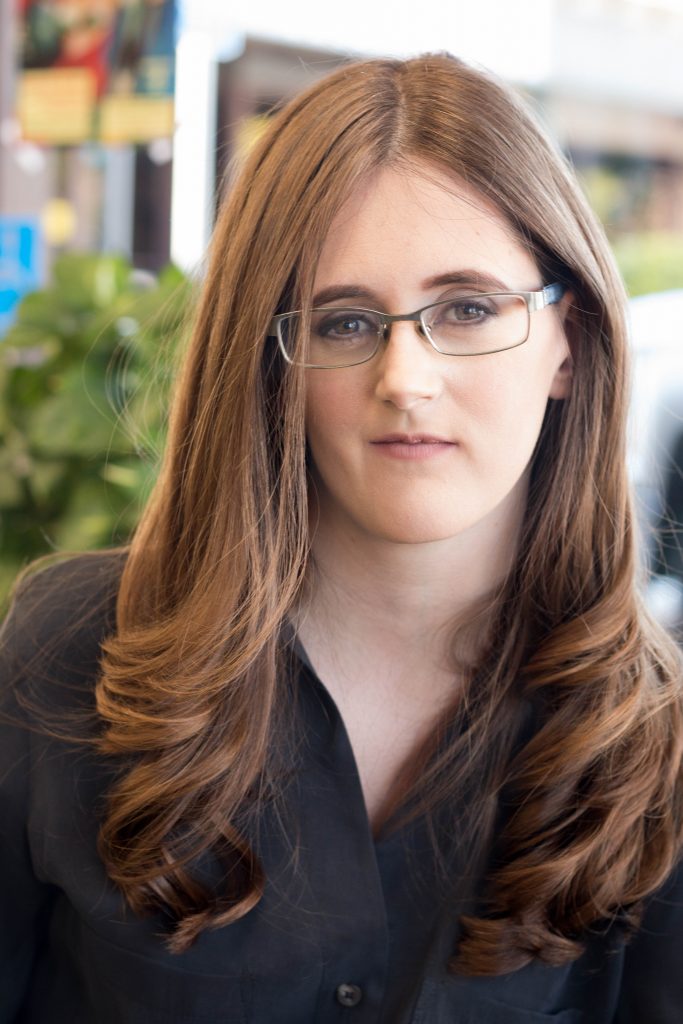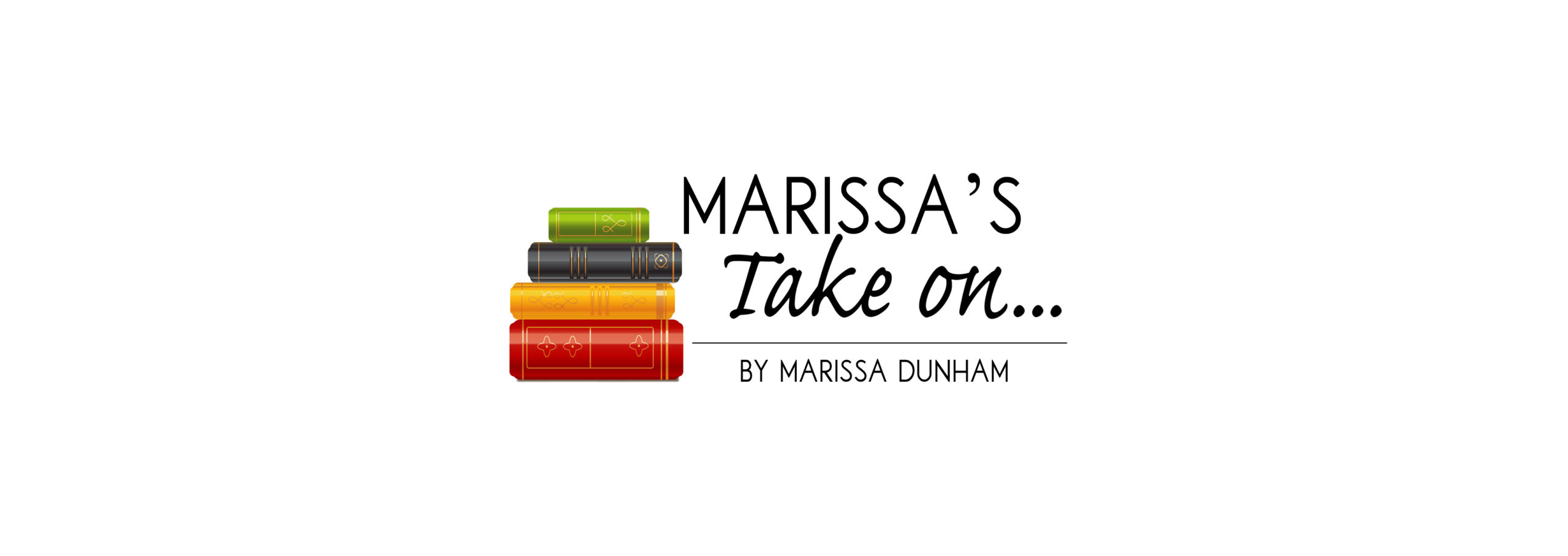By Marissa Dunham //
This column reviews books on how to write. The books I will be reviewing today I wouldn’t classify as how-to books, as such. These books will instead appear in a middle space, blurring the line between craft and biography. You will explore craft as a lifestyle choice from great writers of the past and present.
Why should writers read about the writing life?
A lot of what we do as writers involves mind work. When our writing is good, we’re playful and bold. But in between the good sentences, writers often experience a lot of longing and fear that can paralyze us into thinking we’re not good enough to be writers. These insecurities – though they feel like insurmountable roadblocks – are valid parts of the writing process. You are not alone if you feel like writing is hard. Many have come before you with the same fears that they can’t write, Joseph Campbell, Jack London, and Virginia Woolf included. I like to imagine how life was, or could have been, from the perspective of another writer, to shift into a more productive headspace when these fears come upon me. Practice thinking in the style of another writer and soon you adopt habits and routines that once felt clumsy in your hands. That’s why writing mentors and role models, like those found in these recommended books, are so important. Our writing community, which includes writers in book form, help us gain perspective on why we write and push us through our insecurities to get back to the computer and start again. In this month’s column, the books are all about the writer’s life.
Here are the five!
- One Writer’s Beginnings by Eudora Welty
If you’re a fan of Virginia Woolf, you may enjoy reading Welty. The authors have similar silky styles to their prose. This short book is 104 pages long and covers Welty’s early years, her writing habits, failures, and successes. Welty’s book is good for writers at any level.
- In Other Words translated by Ann Goldstein and written by Jhumpa Lahiri (original in Italian)
Of greatest interest for writers seeking inspiration from Lahiri’s autobiography are her transformation from a realistic writer in “The Interpreter of Maladies” to a lyrical prose writer in Whereabouts, her move to Italy, and life as a writer. The book is 256 pages and is good for writers who find themselves learning a new language, enjoy travel, and embrace change.
- Memoirs by Pablo Neruda
Speaking about his life, Neruda weaves a story about civil war, beauty, famous artists, Fascism, and poetry to inspire and fascinate. At 374 pages, Memoirs is a book you’ll love to savor and a good one for getting into the head of a great poet. It’s an older book, but, not so old and archaic as to be out of touch. You’ll love reading it.
- Ernest Hemingway On Writing edited by Larry W. Phillips
A good place to begin a writing routine, the book – a series of quotes from Hemingway – covers some of the context within which Hemingway wrote, his politics, how his friendship with Fitzgerald informed his fiction and editing habits, and more. This book is 140 pages long and is one you’ll return to often.
- Negotiating with the Dead: A Writer on Writing by Margaret Atwood
Atwood lets us into her world with the same wit and dry humor in this nonfiction as she does in her beloved, popular fiction works. Topics include the author’s calling, when to stand your ground and when to consider the reader in the writing process, story making, and the books writers read. Her long version of Orwell’s “Why I Write,” Atwood takes a personal touch to explain her road to becoming the author we love today and how she negotiated the ups and downs of the writer’s life. At about 256 pages for the paperback, the book is a great read!
Marissa’s Take Practice Exercise: Copywork
Pick an author you admire and copy a chapter, short story, or essay by hand in a notebook. Fill one notebook page per day. Label the notebook “Copywork” and write the title and author’s name on the first page. (Please keep your copywork separate from your creative work to avoid accidental plagiarism.) This is an exercise in language acquisition for writers and will help you gain mastery where you least expect it. I’d recommend starting with something short. For example, I picked “Hills Like White Elephants” by Ernest Hemingway for my first piece, and I picked this story because I wanted to study Hemingway’s economic use of dialogue. Good luck!
There are many ways to approach copywork. I was introduced to it by Jen Manuel in her post: “How to Write Your Best Short Story Ever with One Epic Exercise.”
Famous writers who used copywork: Jack London and Benjamin Franklin
Important Note: Please do not publish your copywork as that would be considered plagiarism.

MARISSA DUNHAM is a writer and freelance editor. She spent the early part of her career in educational publishing, but now spends most of her time editing literary fiction, magical realism, and middle grade fiction. She lives in Southern California, where she enjoys bringing new life into the world by planting tomatoes and flowers in the garden.


Thank you for this article and for the practice exercise. Recently, I have come across several writers who advise taking a piece from an author that we like and simply copying into a notebook. Billy Collins advises the same, about poetry. Like you said, make sure to keep that copywork separate from anything else you write, to avoid accidental plagiarism. I have yet to try it and report back on how copywork works for me. Thank you for this reminder. Andrea